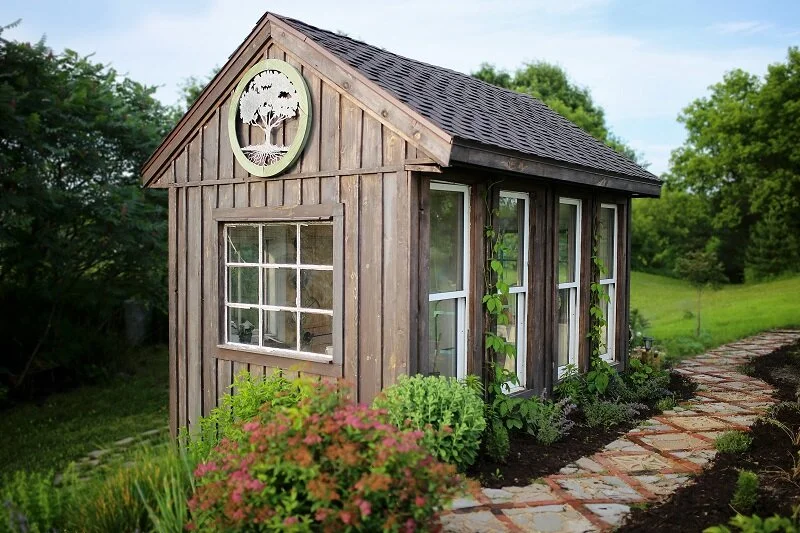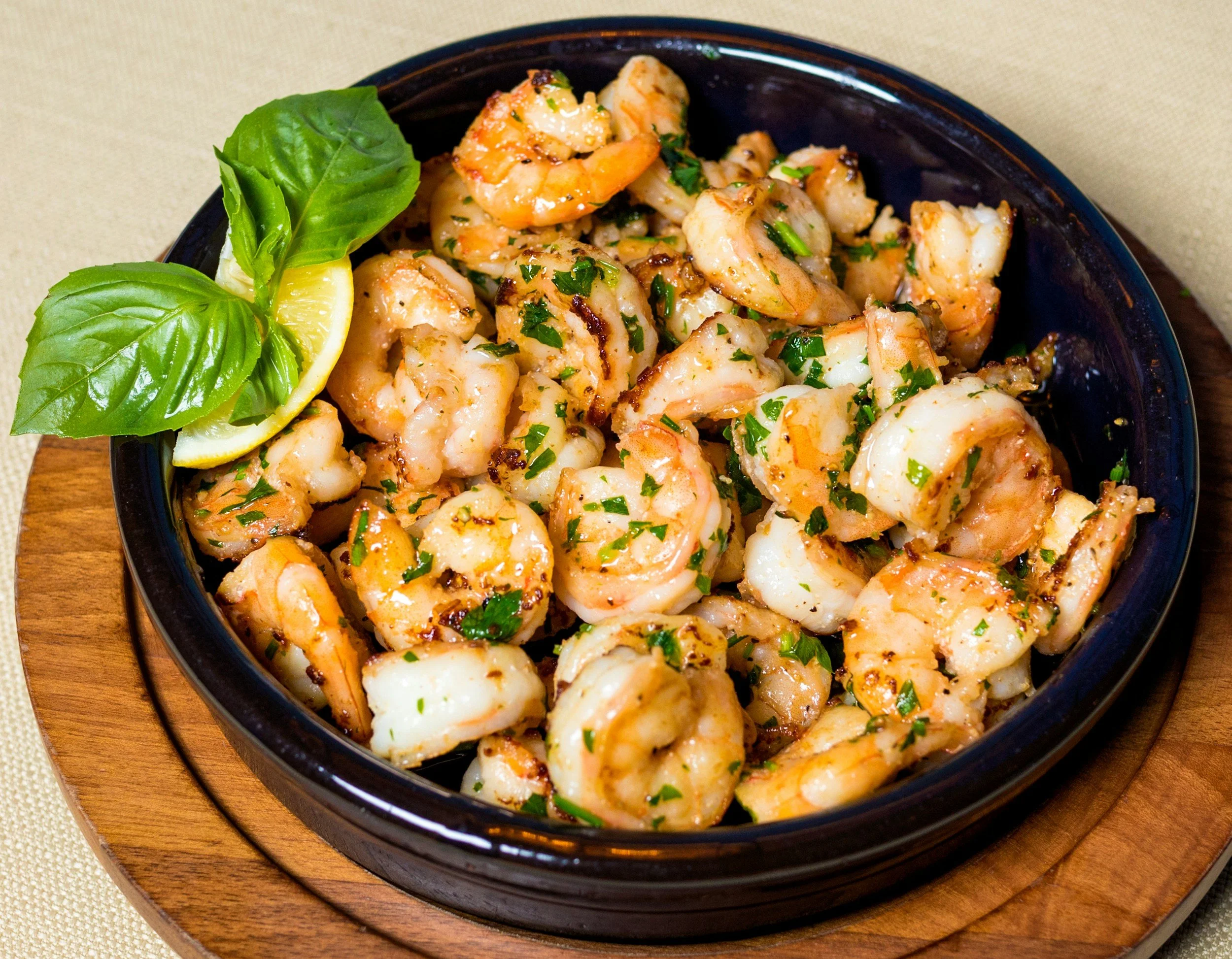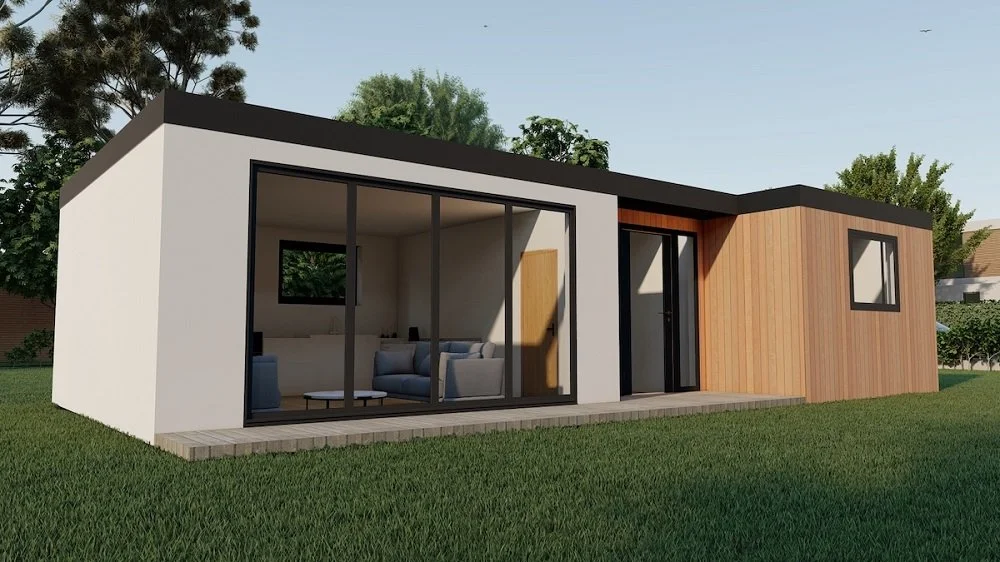5 steps to a productive food garden this fall
/While many people only grow food gardens during the spring and summer months, there’s no reason that your gardening season has to end now, unless you are in a part of the world where the weather turns bitterly cold in the fall, and you have no season extending tools (or options for indoor growing). As the hot summer months give way to cooler temperatures, you can begin planting new varieties of food crops, or continue successive planting of summer-to-fall vegetables and herbs.
Read More


















































